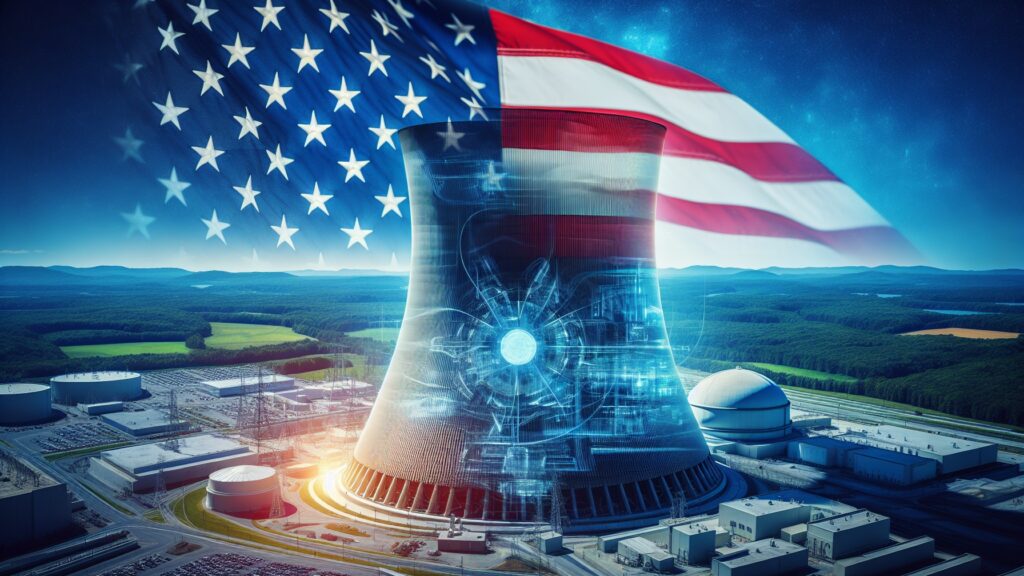Idaho National Laboratory (INL) has taken a major step towards innovating nuclear energy with the debut of a new molten salt test loop.
This state-of-the-art facility is designed to support the development of advanced reactors using molten salt, particularly for high-temperature applications.
The test loop will play an important role in the advancement of the world’s first high-speed spectrum, salt fuel reactor experiment, scheduled to begin in the 2030s.
Understanding molten salt reactors
The Molten Salt Reactor (MSRS) represents a groundbreaking approach to nuclear power generation.
Unlike traditional nuclear reactors that use solid fuel and water-based cooling systems, MSR utilizes molten salts as both coolant and, in some cases, liquid fuels.
These reactors offer great benefits, such as improved safety, high operating temperatures, and efficient energy production.
One important advantage of molten salt reactors is its ability to operate at temperatures above 700°C, making them extremely efficient for thermal applications in power generation and industrial processes.
Additionally, MSRs have inherent safety mechanisms that generate minimal waste and reduce the risk of meltdowns, making them an attractive option for future energy solutions.
Overcoming challenges in MSR development
Despite their promises, MSRS poses unique engineering challenges. One of the main obstacles is the corrosive nature of molten salts, which can decompose reactor components over time.
Researchers need to identify materials, sensors, and instrumentation that can withstand long exposure to extreme temperatures and corrosive environments.
To address this challenge, INL scientists have developed a new molten salt test loop. The system closely replicates the conditions within the molten salt furnace, allowing researchers to assess how different materials and sensors work under molten salt conditions in high temperature flows.
Unlike static testing methods, the test loop provides a dynamic environment in which molten salts are continuously circulated during the heating and cooling stages. This approach increases the accuracy of research results and supports the development of more robust reactor components.
The newly developed molten salt flow loop serves as an important research tool for advancing molten salt reactor technology. One of its outstanding features is that it can drain and store molten salt when not in use, extending the life of test operations and improving efficiency.
Ruchi Gakhar, lead scientist for INL’s Advanced Technology of Molten Salts program, added:
“We hope to advance preparation of future molten salt furnaces by understanding how sensors react to molten salt flowing at high temperatures.”
Looking ahead, molten chloride reactor experiments
INL’s molten salt test loop will directly contribute to the progress of the Molten Salt Reactor Experiment (MCRE), a groundbreaking initiative aimed at demonstrating the feasibility of molten salt reactors.
MCRE is one of several next-generation reactor projects supported by the Department of Energy’s advanced reactor demonstration programme seeking to accelerate the deployment of innovative nuclear technologies.
By identifying resistant resistant materials and optimizing sensor performance, Molten Salt Test Loop helps pave the way for successful implementation of MCRE and other advanced reactor designs.
Ongoing research is expected to make molten salt reactors a viable and competitive option in the near future to provide reliable, sustainable, carbon-free energy.
As the world is seeking innovative energy solutions to combat climate change and reduce dependence on fossil fuels, research conducted at INL positions the United States as a leader in next-generation nuclear technology.
Successful implementation of molten salt reactors can revolutionize the energy environment, providing reliable and resilient power sources for future generations.
Source link

